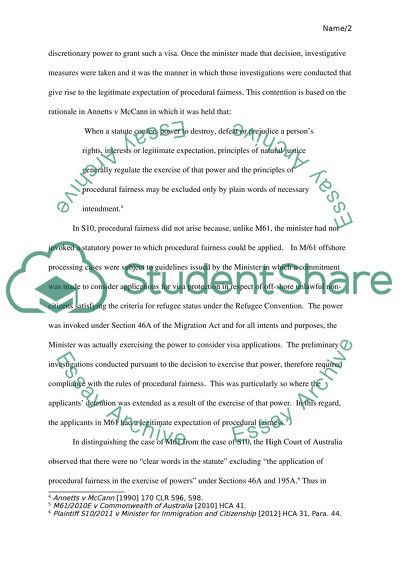Cite this document
(“Essay on procedural fairness in Australian administrative law - full”, n.d.)
Essay on procedural fairness in Australian administrative law - full. Retrieved from https://studentshare.org/law/1466560-essay-on-procedural-fairness-in-australian
Essay on procedural fairness in Australian administrative law - full. Retrieved from https://studentshare.org/law/1466560-essay-on-procedural-fairness-in-australian
(Essay on Procedural Fairness in Australian Administrative Law - Full)
Essay on Procedural Fairness in Australian Administrative Law - Full. https://studentshare.org/law/1466560-essay-on-procedural-fairness-in-australian.
Essay on Procedural Fairness in Australian Administrative Law - Full. https://studentshare.org/law/1466560-essay-on-procedural-fairness-in-australian.
“Essay on Procedural Fairness in Australian Administrative Law - Full”, n.d. https://studentshare.org/law/1466560-essay-on-procedural-fairness-in-australian.


